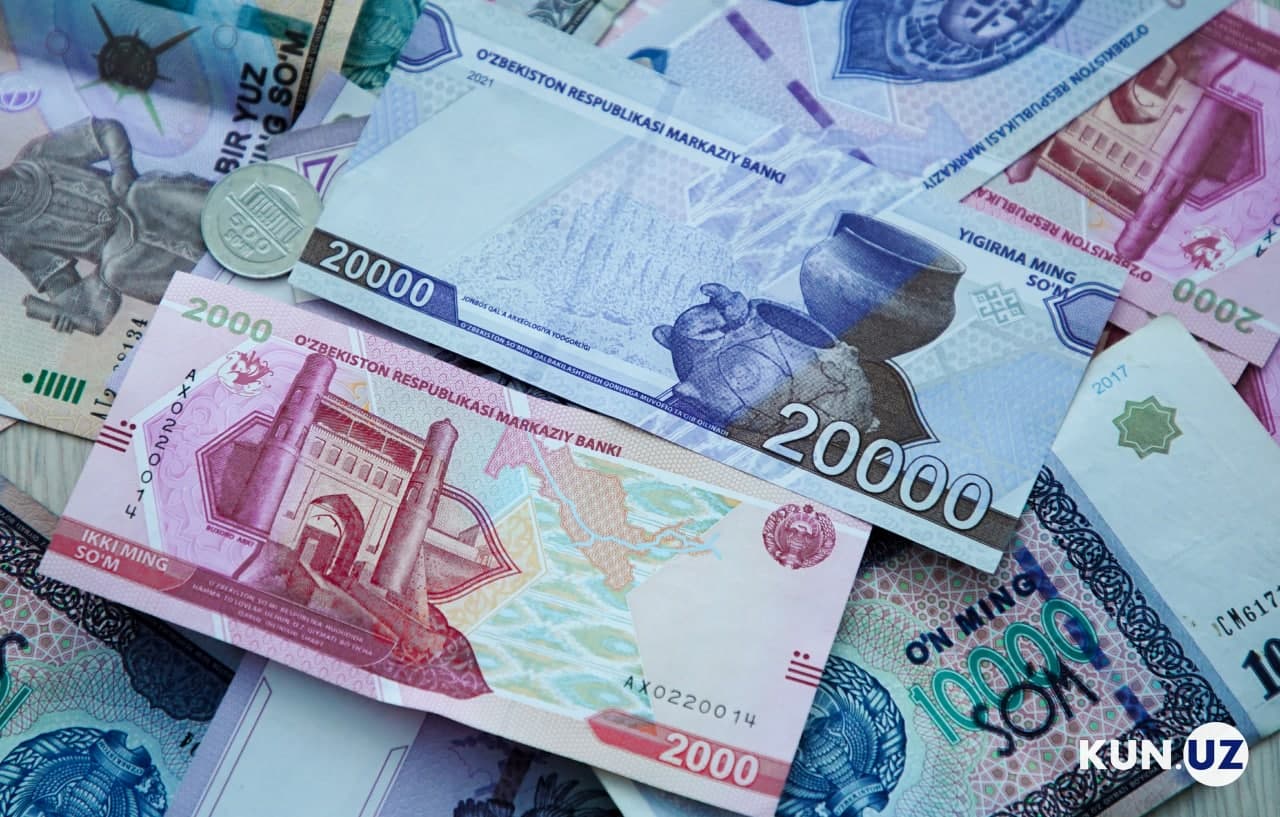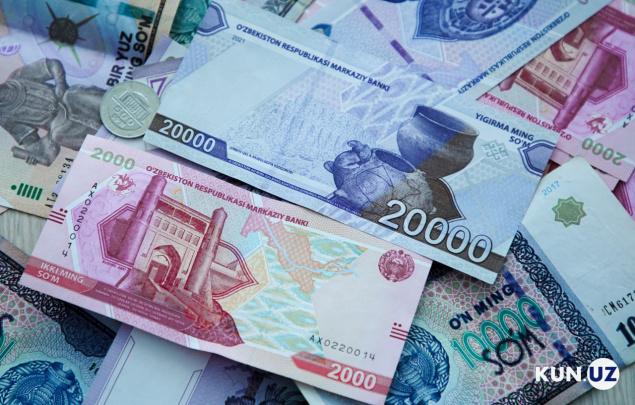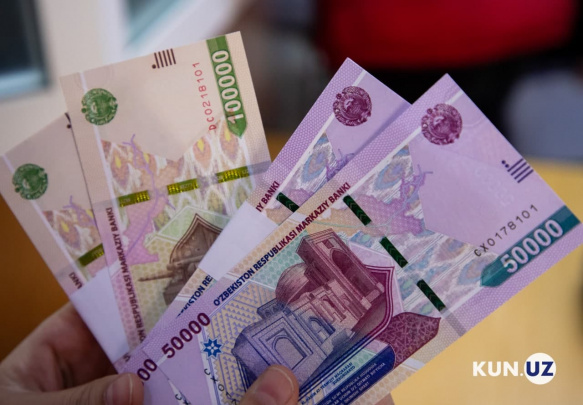Real income in Uzbekistan rises by 7.7% over nine months, regional income disparities widen

Photo: Kun.uz
Real household incomes in Uzbekistan increased by 7.7% over the past nine months of 2024 compared to the same period last year, according to a report by the Statistics Agency. Total income per capita grew by 15.5% nominally, or 5.5% in real terms after accounting for inflation, reaching an average of 17.4 million UZS.
In nominal terms, overall household incomes in Uzbekistan reached 644.1 trillion UZS from January to September, marking a significant indicator of national economic well-being. This income includes wages, income from property, and various transfers, such as pensions, remittances, and benefits.
The data revealed that the average nominal income per capita rose from 14.4 million UZS to 17.4 million UZS. The nominal growth rate for this period was 17.9%, while the real growth rate, adjusted for inflation, stood at 7.7%, compared to 14.3% and 3.5%, respectively, for the same period in 2023. The rise in average real income per capita reflects an improved income level across the country, though disparities remain.
In regional breakdowns, Tashkent City recorded the highest average per capita income at 40.1 million UZS, followed by Navoi (27.5 million UZS) and Bukhara (20.1 million UZS) regions. Conversely, Karakalpakstan (12.08 million UZS), Namangan (12.8 million UZS), and Surkhandarya (13.2 million UZS) regions recorded the lowest averages. Real income growth was highest in Tashkent City (+10.5%), Andijan (+7.6%), Samarkand (+6.5%), and Navoi (+6.4%) regions. Fergana and Surkhandarya, however, saw minimal growth rates of just 1.3% and 1.5%, respectively.
The report also highlighted a widening gap between the wealthiest and poorest regions, with a 2.3-fold income disparity compared to 2.2-fold the previous year. Tashkent city showed a particularly marked difference in average incomes compared to Karakalpakstan, with an income gap that increased from 3.13 times in 2023 to 3.32 times this year.
Income derived from labor (both formal employment and self-employment) accounted for 62.8% of the total, down from 63.8% last year. Income from salaried work rose by 17.4%, while income from self-employment grew by 15.3%. Income from transfers, which include remittances, pensions, and scholarships, declined from 26.8% to 26.5%.
Remittances from abroad accounted for 16.9% of total household income, with the highest dependency rates observed in Andijan (28.5%), Fergana (26.3%), and Khorezm (24.5%) regions.
Related News

16:17 / 01.01.2026
Inflation in Uzbekistan slows to 7.3 percent in 2025

15:55 / 31.12.2025
From gold prices to nuclear power – Uzbekistan’s economy in 2025

14:32 / 29.12.2025
Central Bank reports strong wage growth and more job vacancies in Uzbekistan in Q3

13:50 / 27.12.2025



